Home>Furniture>Outdoor Furniture>How Long Before I Can Walk On New Patio Slabs
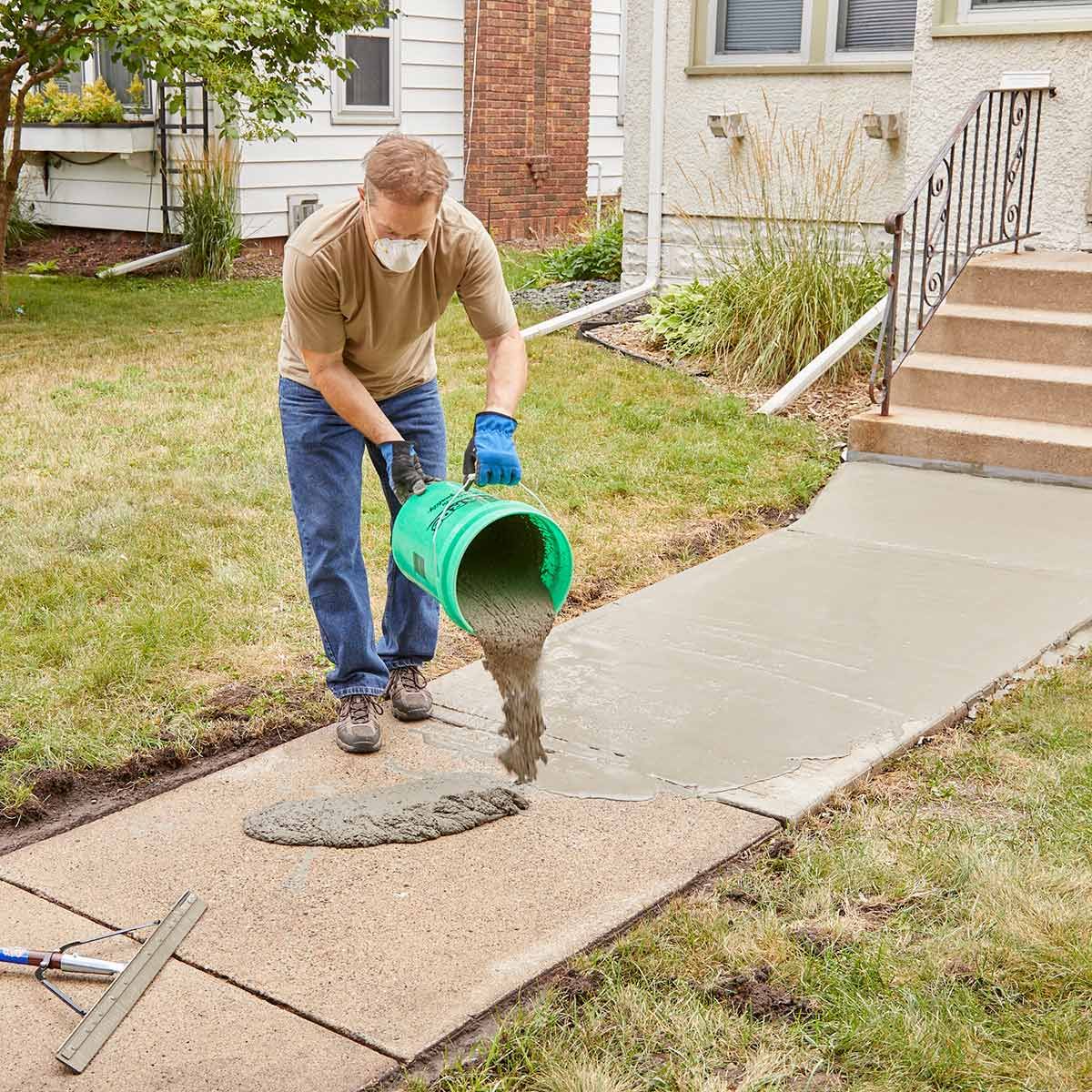

Outdoor Furniture
How Long Before I Can Walk On New Patio Slabs
Modified: March 7, 2024
Discover when you can safely walk on your new patio slabs and enhance your outdoor-furniture experience.
(Many of the links in this article redirect to a specific reviewed product. Your purchase of these products through affiliate links helps to generate commission for Storables.com, at no extra cost. Learn more)
Introduction
Are you excited about your new patio and can’t wait to start using it? It’s understandable, as a patio provides a perfect space for relaxation, entertainment, and enjoying the outdoors. However, before you can start using your new patio, you need to consider the curing time of the patio slabs. Curing refers to the process of allowing the concrete to harden and gain strength. It is crucial to wait for the appropriate curing time to ensure the longevity and durability of your patio.
In this article, we will explore the factors that affect the curing time of patio slabs, the concrete slab curing process, and how to determine when your patio slabs are ready for walking. We will also provide some precautions to take when walking on new patio slabs. So, let’s dive in!
Key Takeaways:
- Wait at least 7 days before walking on new patio slabs to ensure they have cured properly. Consider a 28-day curing period for maximum strength and durability.
- Look for signs like visual appearance, moisture tests, and surface hardness to determine if patio slabs are ready for walking. Take precautions to protect the slabs and enjoy your outdoor space!
Read more: How Long Before I Mow New Grass
Factors Affecting the Curing Time of Patio Slabs
The curing time of patio slabs can vary depending on various factors. Understanding these factors will help you determine the approximate time required for the concrete to cure properly.
1. Weather conditions: Weather plays a significant role in the curing process. Temperature, humidity, and precipitation can all affect the time it takes for the concrete to cure. In general, warmer temperatures and lower humidity levels expedite the curing process, while colder temperatures and higher humidity levels slow it down. It is important to consider the weather forecast and choose a period with favorable conditions for pouring and curing your patio slabs.
2. Type of concrete mix: The composition of the concrete mix can impact the curing time. Different mixtures have varying levels of water content, additives, and curing agents, all of which can affect how quickly the concrete hardens. It is essential to consult with your contractor or supplier to determine the appropriate concrete mix for your patio and understand its specific curing requirements.
3. Thickness of the patio slabs: Thicker patio slabs take longer to cure compared to thinner ones. This is because thicker slabs retain more heat and moisture and require more time for the curing process to complete. Therefore, it is crucial to consider the thickness of your patio slabs when estimating the curing time.
4. Substrate preparation: The preparation of the base or substrate on which the patio slabs will be placed also affects the curing time. It is essential to ensure that the substrate is properly compacted, leveled, and free from any debris or contaminants. This provides a stable foundation for the patio slabs and allows for better curing.
5. Reinforcement and additives: The use of reinforcement materials, such as rebar or wire mesh, can affect the curing time. Reinforcement helps strengthen the concrete and may prolong the curing process. Similarly, the addition of additives or accelerators can speed up or slow down the curing time, depending on their specific properties.
6. Concrete slab size and shape: The size and shape of the patio slabs also impact the curing time. Larger slabs, such as those used for spacious patios, may take longer to cure. Additionally, complex or irregularly shaped slabs may have areas that require more time for the concrete to cure evenly.
Considering these factors will give you a better understanding of the variables influencing the curing time of your patio slabs. It is important to take them into account when planning and scheduling the installation of your patio to ensure proper curing and optimal performance in the long run.
Concrete Slab Curing Process
The curing process is a critical step in the installation of patio slabs, as it allows the concrete to harden and reach its maximum strength. Understanding the concrete slab curing process is essential to ensure the longevity and durability of your patio.
1. Initial curing: Immediately after pouring the concrete, the curing process begins. During this stage, moisture is retained within the concrete to facilitate hydration, which is the chemical reaction that causes the mixture to harden. To prevent rapid moisture loss, the concrete is often covered with a moisture-retaining material such as plastic sheeting or a curing compound.
2. Hydration and strength gain: Over the next few days, the concrete continues to undergo hydration, which leads to the formation of the crystalline structure and the gradual development of strength. This is an essential phase where the concrete gains strength and becomes more resilient to external forces.
3. Moisture control: Proper moisture control is crucial during the curing process. The concrete must neither dry out too quickly nor remain excessively wet. If the concrete dries too quickly, it can lead to cracking and reduced strength. On the other hand, if the concrete remains too wet, it may not achieve the desired hardness.
4. Time required for curing: The curing time required for patio slabs can vary depending on the factors mentioned earlier. In general, it is recommended to allow the concrete to cure for at least 7 days before subjecting it to heavy or continuous foot traffic. However, for optimal strength and durability, a curing period of 28 days is often recommended.
5. Curing under different weather conditions: As mentioned earlier, weather conditions can significantly impact the curing process. If the weather is hot and dry, the concrete may lose moisture rapidly, leading to potential issues like cracking. In such cases, additional measures may need to be taken, such as applying moist curing methods or using curing compounds to retain moisture within the concrete.
6. Testing the concrete’s readiness: To determine if the concrete is adequately cured and ready for foot traffic, various tests can be conducted. These tests include the moisture test, where a plastic sheet is placed on the surface of the concrete, and if condensation forms underneath, it indicates that the concrete is not fully cured. Another test involves conducting a surface hardness test using a penetrometer or a scratch test to assess the concrete’s strength.
By understanding the concrete slab curing process, you can ensure that your patio slabs gain the necessary strength and durability. It is crucial to follow proper curing techniques and consult with professionals to ensure the best outcomes for your patio.
Recommended Curing Time for New Patio Slabs
When it comes to the recommended curing time for new patio slabs, it is crucial to allow sufficient time for the concrete to achieve its maximum strength and durability. While specific factors may influence the exact duration, there are general guidelines to follow for optimal results.
In general, it is best to allow the concrete to cure for at least 7 days before subjecting it to heavy or continuous foot traffic. During this initial curing period, the concrete undergoes hydration, where it gains strength and becomes more resilient. It is important to protect the concrete during this time by covering it with a moisture-retaining material or applying a curing compound.
However, keep in mind that although 7 days is the minimum recommended curing time, a longer period is often preferred to ensure the best results. Many experts recommend a curing period of 28 days to achieve maximum strength and durability. During these 28 days, the concrete continues to strengthen, and any potential weaknesses or inconsistencies are minimized.
It’s important to note that curing time can be affected by various factors, such as weather conditions, concrete mix composition, slab thickness, and more. Warmer temperatures and lower humidity levels generally expedite the curing process, while colder temperatures and higher humidity levels can slow it down. It is advisable to consult with your contractor or supplier to determine the specific curing requirements for your patio slabs.
Additionally, it is essential to assess the readiness of the patio slabs before allowing foot traffic. Conduct tests, such as the moisture test and surface hardness test mentioned earlier, to ensure that the concrete has adequately cured and achieved the desired strength. These tests provide valuable information about the readiness of the patio slabs and help prevent potential issues in the future.
To summarize, for new patio slabs, it is recommended to allow a curing time of at least 7 days before subjecting them to heavy or continuous foot traffic. However, a curing period of 28 days is often preferred for maximum strength and durability. Take into account the specific factors that can influence curing time and conduct tests to verify the concrete’s readiness. By following these recommendations, you can ensure that your patio will perform optimally and withstand the test of time.
It is recommended to wait at least 24-48 hours before walking on new patio slabs. However, it is best to follow the specific instructions provided by the manufacturer of the slabs or the installer.
Signs That Your Patio Slabs are Ready for Walking
Once the recommended curing time has passed, you might be eager to start using your new patio. However, it is essential to ensure that the patio slabs have fully cured and are ready for foot traffic. Here are some signs to look for to determine if your patio slabs are ready for walking:
1. Visual appearance: Take a close look at the surface of the patio slabs. If there are no visible cracks, crumbling, or signs of damage, it is a good indication that the concrete has achieved sufficient strength and is ready for walking. However, remember to also check for any potential cosmetic issues that do not necessarily affect the structural integrity.
2. Moisture test: Perform a simple moisture test to check if the concrete is still retaining moisture. Place a plastic sheet on top of the patio slab and secure the edges with weights. Leave it undisturbed for a day or two. If condensation forms on the underside of the plastic sheet, it suggests that the concrete is still curing and not ready for foot traffic.
3. Surface hardness: Another way to assess the readiness of the patio slabs is by testing their surface hardness. You can use a penetrometer or perform a scratch test. The penetrometer measures the resistance of the concrete while the scratch test involves making a small scratch on the surface. If the surface is sufficiently hard and resistant, it indicates that the concrete has cured and is ready for regular walking.
4. Thoroughly cured edges: Pay attention to the edges of the patio slabs. They are usually more vulnerable during the curing process. If the edges appear fully cured without any signs of crumbling or weakness, it is a positive sign that the entire slab has achieved the necessary strength for walking.
5. Consult with professionals: If you are uncertain about the readiness of your patio slabs, it is advisable to consult with professionals. They can assess the curing progress, perform additional tests if necessary, and provide expert guidance based on their experience and knowledge.
While these signs can indicate that your patio slabs are ready for walking, it’s important to exercise caution during the early stages of use. To protect your patio and prevent any potential damage, consider using walk-off mats or stepping stones in high-traffic areas. This will help distribute the weight and minimize direct impact on the slabs.
Remember, ensuring that your patio slabs have properly cured will contribute to their long-term durability and performance. By paying attention to these signs and taking necessary precautions, you can enjoy your patio confidently and make lasting memories on a solid and well-cured surface.
Precautions When Walking on New Patio Slabs
Walking on new patio slabs requires some precautions to protect both the slabs and yourself. Even after the recommended curing time, the concrete may still be in the process of strengthening and fully settling. Here are some precautions to keep in mind when walking on new patio slabs:
1. Avoid dragging heavy objects: During the initial period, it’s best to avoid dragging heavy furniture or equipment across the patio slabs. Dragging heavy objects can create friction and cause scratches or damage to the concrete surface. If you need to move heavy items, consider using furniture sliders or placing a protective barrier between the object and the concrete.
2. Use walk-off mats: Placing walk-off mats or doormats at the entrances to your patio can help minimize dirt and debris being brought onto the slabs. This prevents unnecessary wear and tear and reduces the likelihood of surface stains or abrasions. Make sure to clean and maintain the mats regularly to avoid debris buildup.
3. Be cautious with high heels: Avoid wearing high heels or shoes with pointed or narrow heels on new patio slabs. The pressure exerted by these types of shoes can cause damage or leave visible imprints on the surface. Opt for flat-soled shoes or sandals to distribute weight more evenly and minimize the risk of surface marks.
4. Limit heavy and concentrated loads: While patio slabs are designed to withstand normal foot traffic, it’s advisable to limit heavy and concentrated loads during the early stages of use. Placing heavy objects, such as large potted plants or stone sculptures, in one particular area can exert excessive pressure and potentially lead to cracking or structural issues. Spread out heavy items across the patio to distribute the weight evenly.
5. Clean spills promptly: Accidental spills happen, but it’s important to clean them up promptly to prevent staining or discoloration. Wipe up any spills with a gentle cleanser or mild detergent and a soft brush or sponge. Avoid using harsh chemicals or abrasive tools that could damage the patio slabs.
6. Keep the patio clean: Regularly sweep or use a leaf blower to remove debris, leaves, and dirt from the patio surface. This prevents the buildup of abrasive materials that could scratch or damage the slabs. Additionally, regular cleaning helps maintain the aesthetic appeal of your patio and prevents stains from settling in.
7. Follow maintenance guidelines: Refer to the manufacturer’s or installer’s maintenance guidelines for your specific patio slabs. They may provide specific instructions and recommendations for cleaning, sealing, and general maintenance to ensure the longevity and durability of the concrete.
By following these precautions, you can protect your new patio slabs and ensure their long-term durability. Taking care during the early stages of use will allow the concrete to fully settle and reach its maximum strength. Remember, proper maintenance and regular inspections are also key to keeping your patio in pristine condition for years to come.
Conclusion
When it comes to your new patio, taking the time to understand the curing process and following the recommended guidelines is crucial. Properly cured patio slabs provide durability, longevity, and a solid foundation for your outdoor space.
Factors like weather conditions, concrete mix composition, and slab thickness can impact the curing time. It is important to be patient and allow the concrete to cure for at least 7 days, though a curing period of 28 days is often recommended for optimal results.
Signs that indicate your patio slabs are ready for walking include a visually sound surface, successful moisture tests, and satisfactory surface hardness. However, it’s always wise to consult professionals if you have any doubts.
Precautions should be taken when walking on new patio slabs. Avoid dragging heavy objects, use walk-off mats to minimize dirt and debris, and be cautious with high heels. Additionally, limiting heavy and concentrated loads, cleaning spills promptly, and keeping the patio clean will help maintain the appearance and integrity of the slabs.
In conclusion, allowing your new patio slabs to properly cure before walking on them is essential. Understanding the curing process, following recommended guidelines, and taking necessary precautions will ensure that your patio remains strong, durable, and beautiful for years to come. So, be patient, exercise caution, and enjoy your well-cured outdoor space!
Frequently Asked Questions about How Long Before I Can Walk On New Patio Slabs
Was this page helpful?
At Storables.com, we guarantee accurate and reliable information. Our content, validated by Expert Board Contributors, is crafted following stringent Editorial Policies. We're committed to providing you with well-researched, expert-backed insights for all your informational needs.
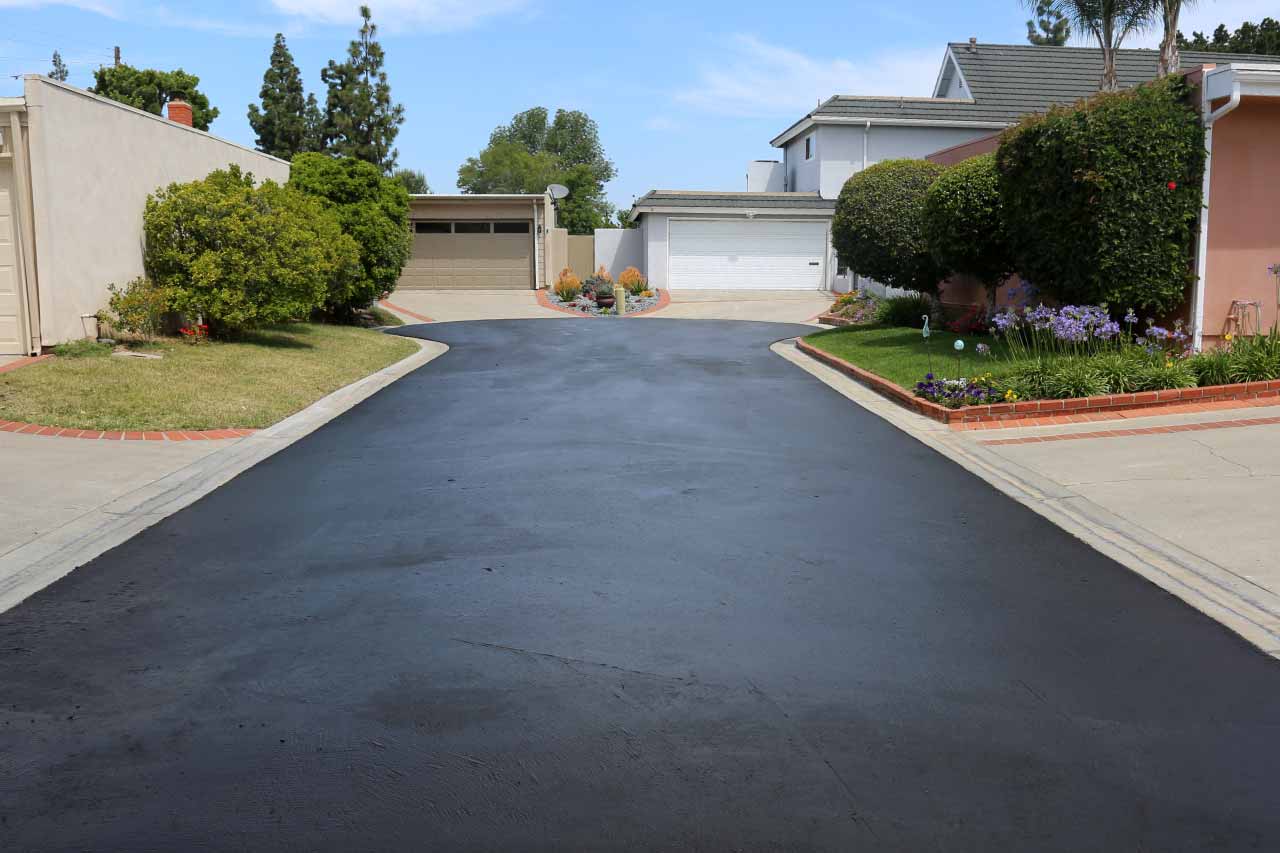

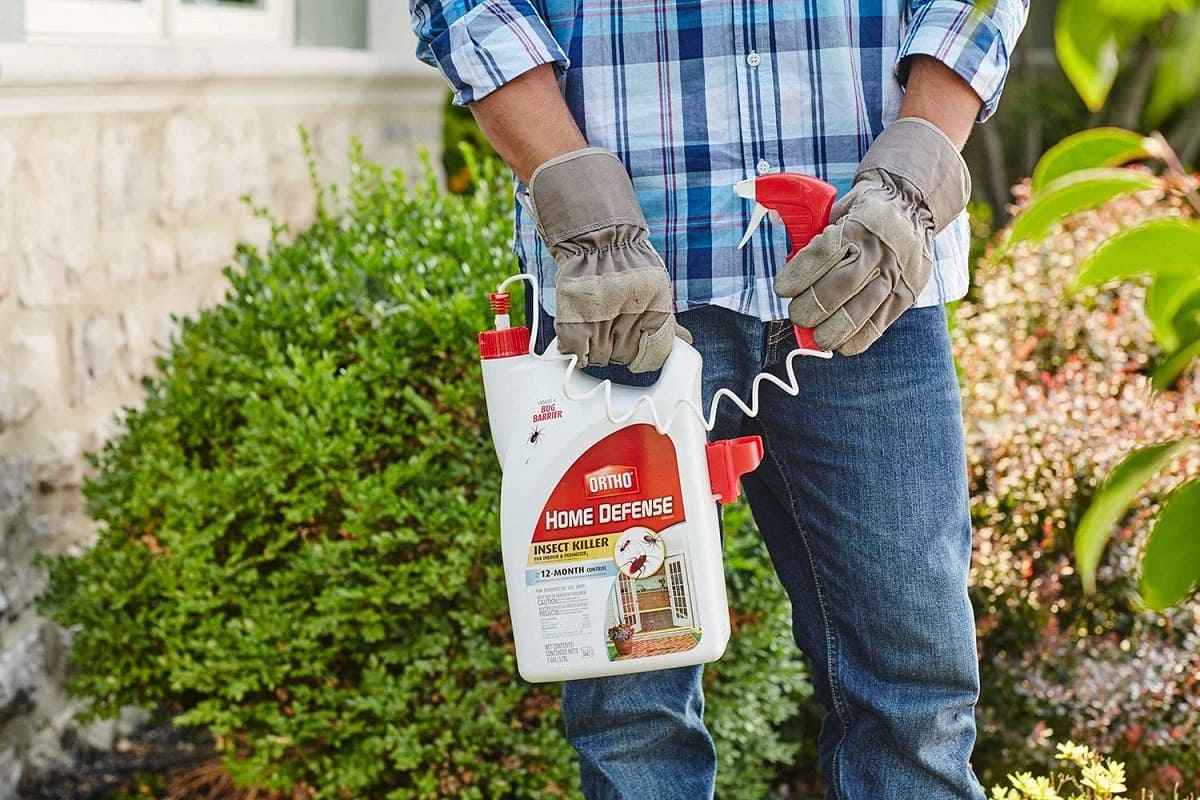


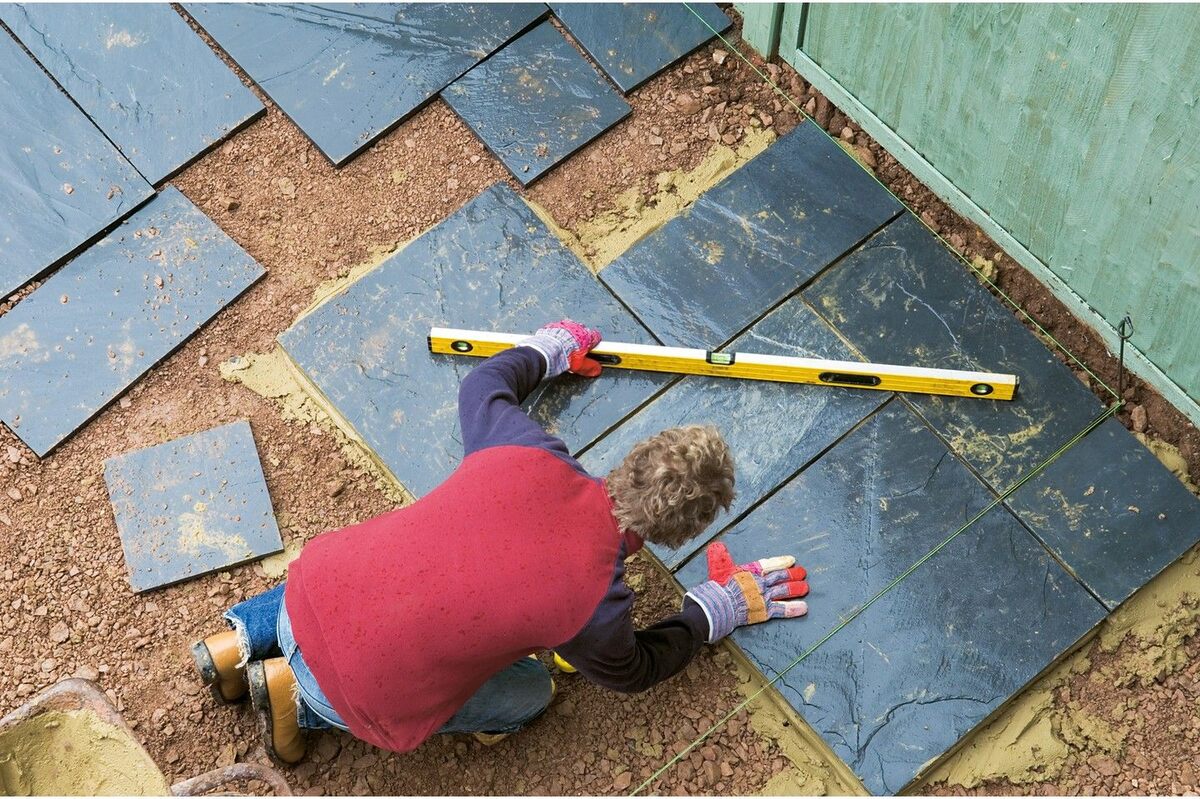
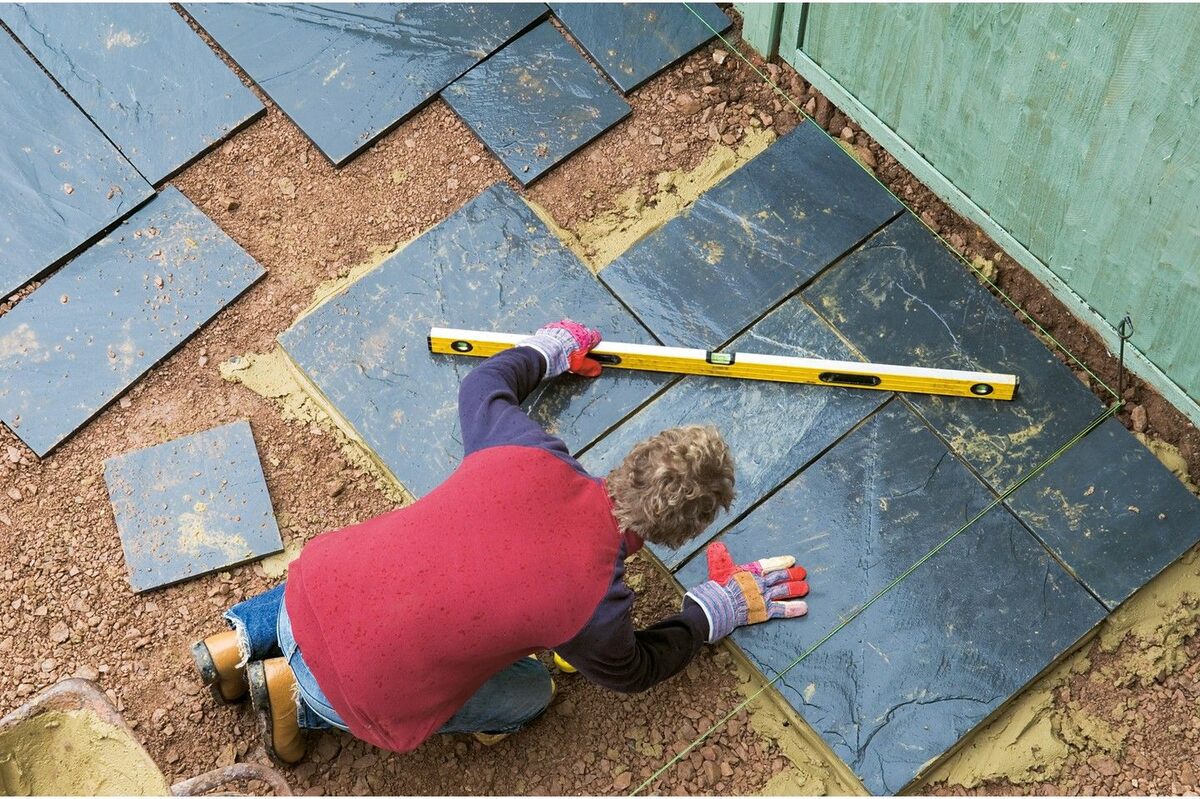
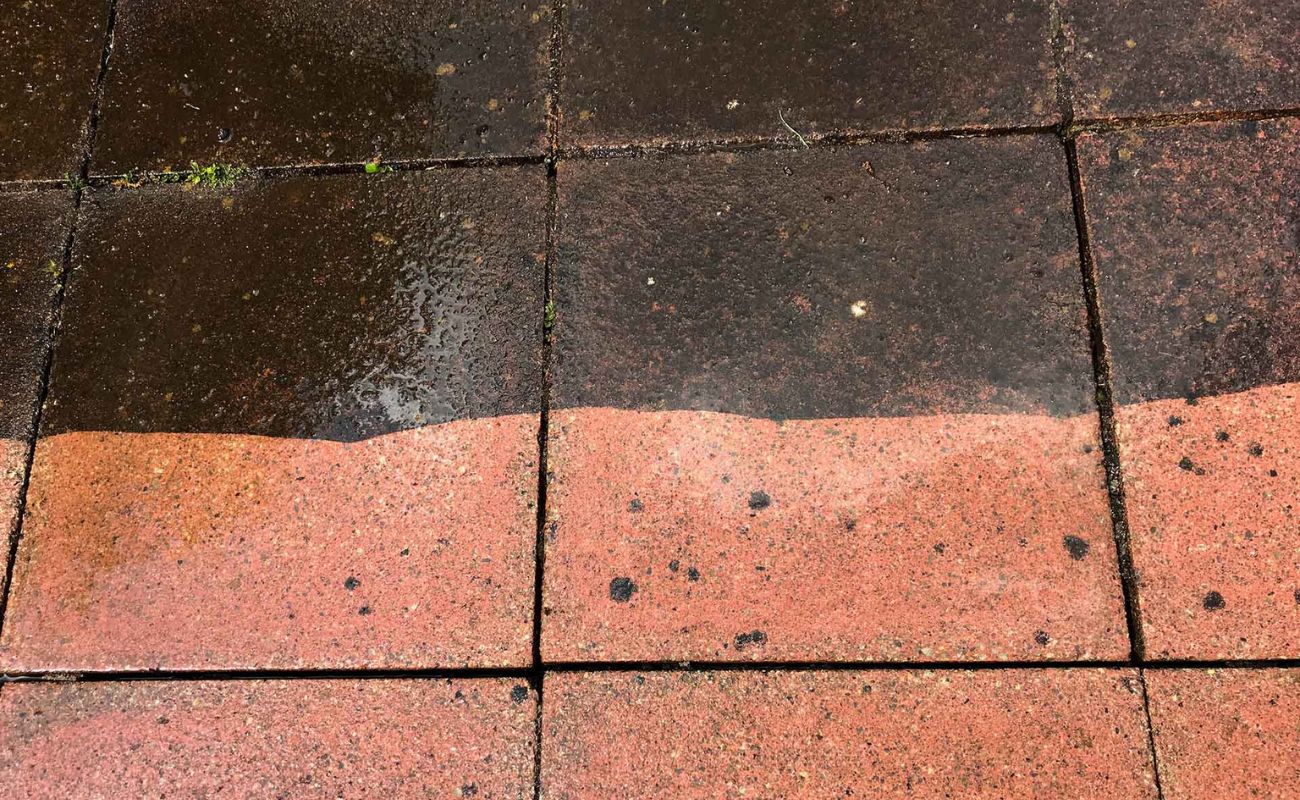
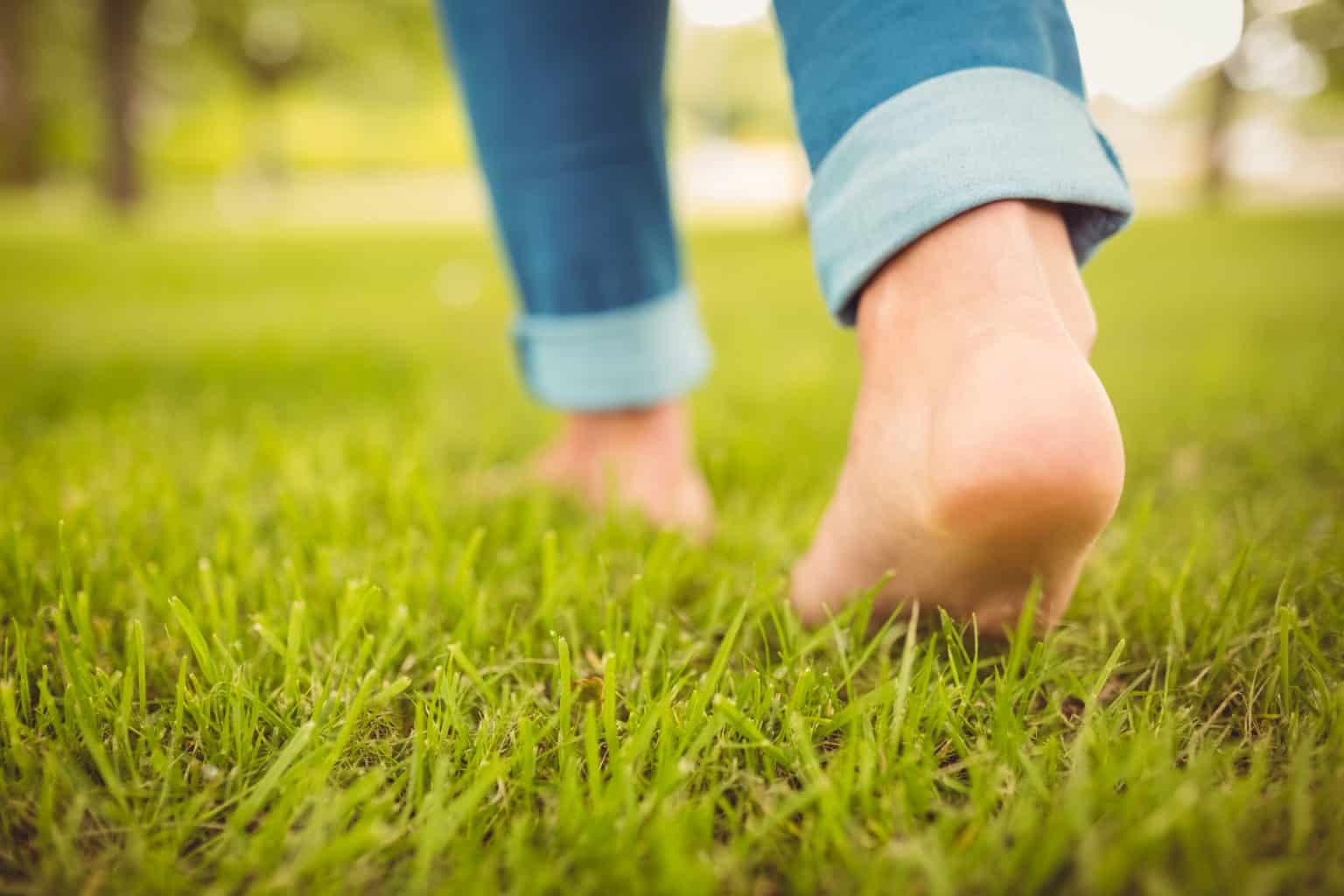
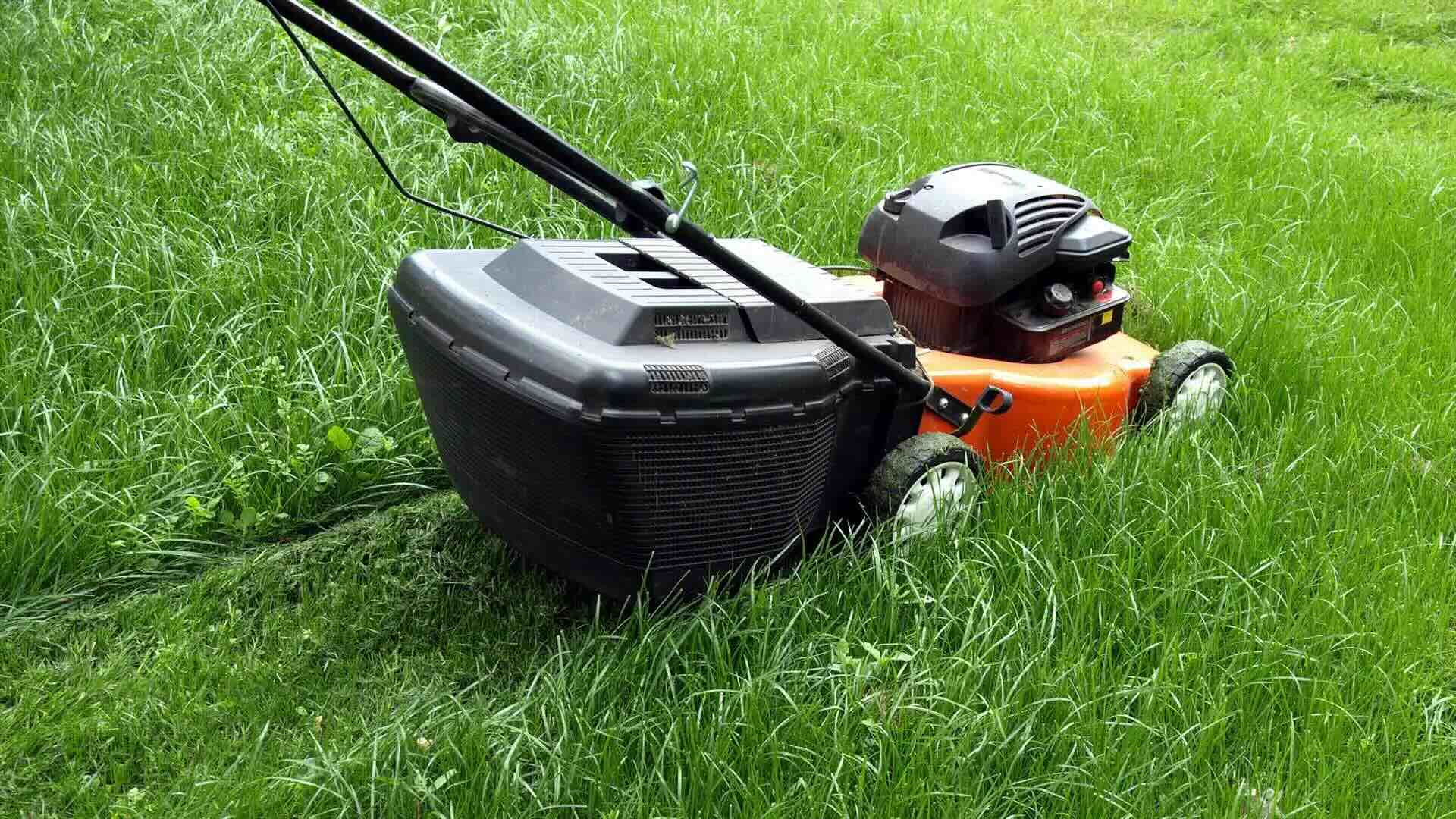
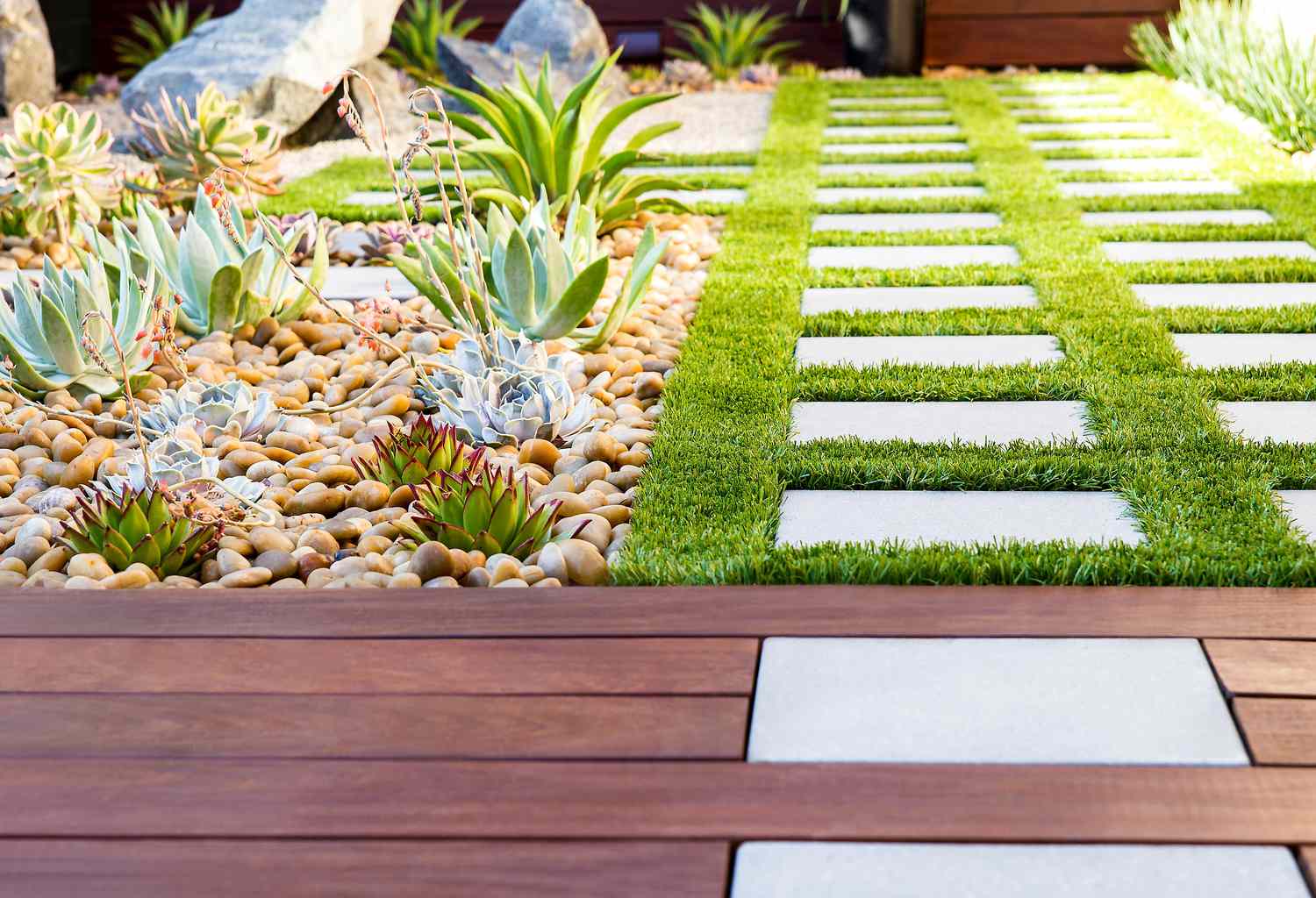
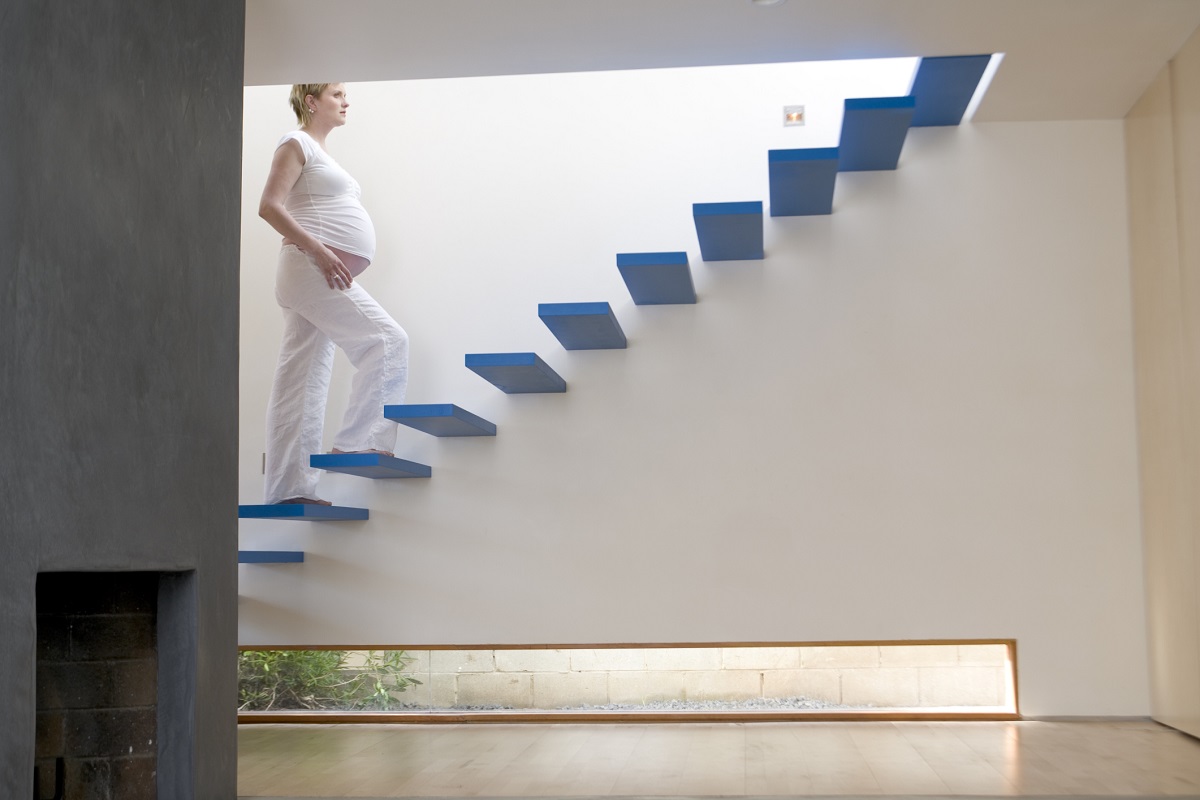

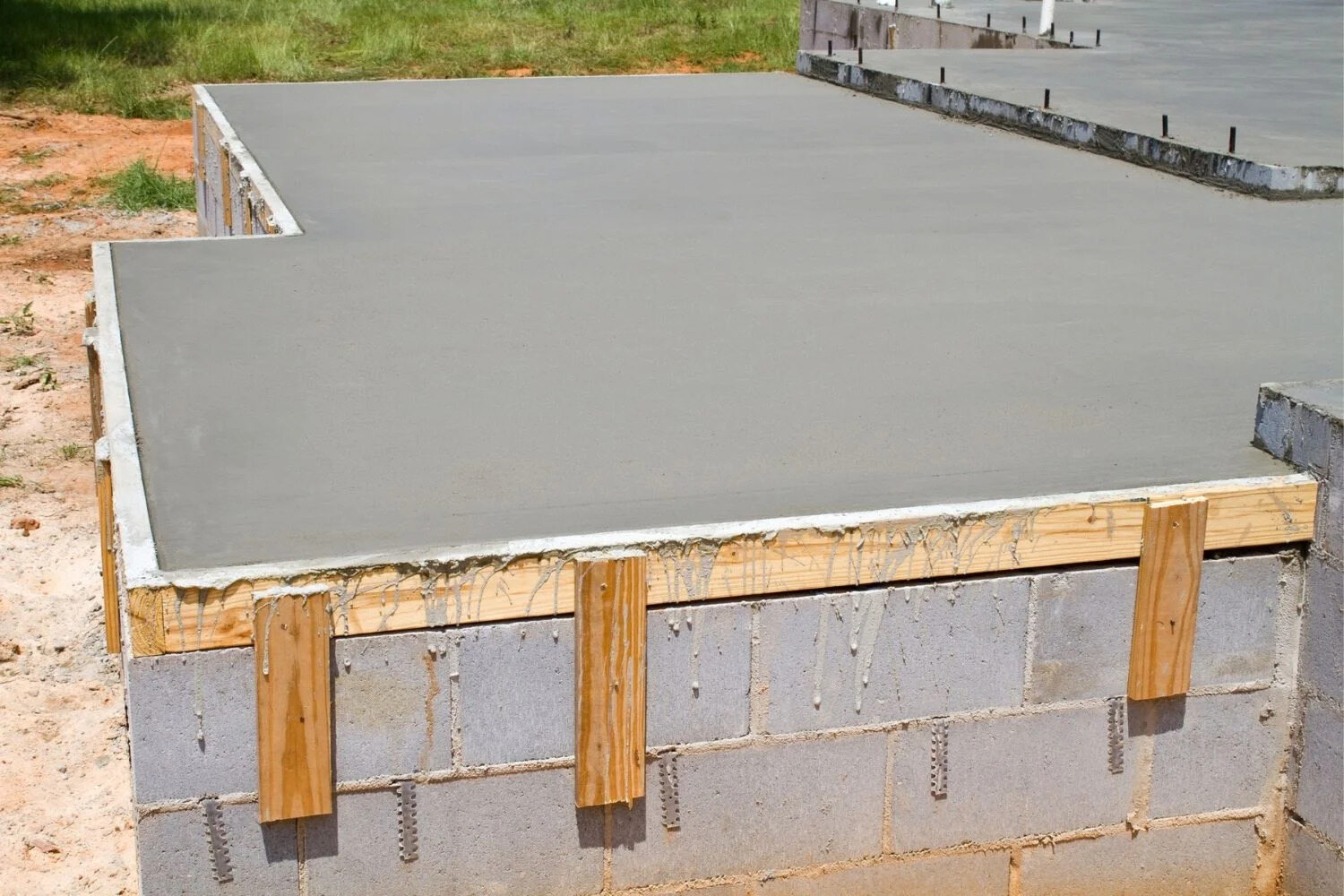

0 thoughts on “How Long Before I Can Walk On New Patio Slabs”